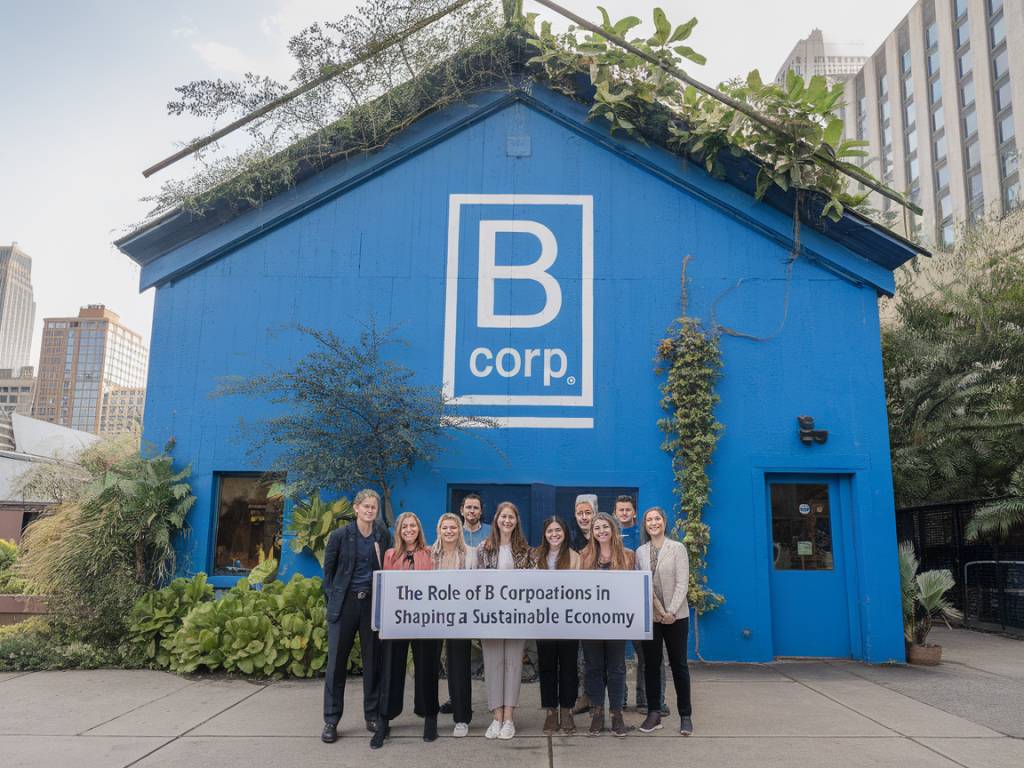Understanding the Difference: Greenwashing vs. Genuine Ethical Impact
As consumers become increasingly conscious of their environmental and social footprints, more businesses are adopting the language of sustainability and ethics. However, not all claims are created equal. The line between genuine ethical commitment and greenwashing is often blurred, making it difficult for consumers to differentiate between authentic efforts and superficial marketing tactics. In this article, we will explore how to identify the differences between greenwashing and genuine impact in ethical business practices.
What Is Greenwashing?
Greenwashing refers to the practice of conveying a false impression—or providing misleading information—about how a company’s products are more environmentally sound than they actually are. This phenomenon has become increasingly prevalent as sustainability becomes both a moral obligation and a market demand.
Companies engage in greenwashing for a variety of reasons, including:
- Attracting eco-conscious consumers
- Improving public image without making fundamental operational changes
- Avoiding scrutiny and regulation from authorities and watchdog organizations
Typical tactics include vague claims like “eco-friendly” or “natural,” without any certification, data, or third-party verification. Logos and packaging might display green colors, leaves, or earth imagery to imply environmentally friendly practices, even when the actual product or service does not meet sustainable standards.
Defining Genuine Ethical Business Practices
On the other hand, businesses that are genuinely committed to ethical and sustainable practices incorporate these values into every layer of their operations—from supply chain management to employee relations and corporate governance. Their sustainability efforts are measurable, verifiable, and often externally certified.
This approach includes:
- Transparency in sourcing, production, and labor practices
- Commitment to reducing carbon emissions with specific goals and timelines
- Collaboration with certified organizations such as B Corp, Fair Trade, and GOTS
- Involvement in community and social initiatives beyond mere donations
Why Greenwashing Is a Problem
Greenwashing undermines consumer trust and damages the credibility of truly ethical businesses. It also creates confusion and makes it harder for consumers to support companies that truly align with their values.
The consequences extend beyond ethical concerns. Greenwashing can delay real action on climate change and social justice by presenting a false sense of progress. When companies mislead consumers into believing they are doing good, the public pressure to drive authentic reform lessens. This false comfort comes at the expense of communities, ecosystems, and workers who depend on genuine progress.
How to Spot Greenwashing: Key Red Flags
Paradoxically, the more aggressive a company is in promoting its eco-credentials, the more cautious a consumer should be. Here are common indicators of greenwashing:
- Lack of Third-Party Certification: Be wary of products boasting ethical labels that aren’t backed by reputable organizations like Fair Trade, Leaping Bunny, or EcoCert.
- Vague or Generic Claims: Terms like “natural,” “eco,” and “green” without any definitions or data often indicate marketing spin rather than real action.
- Selective Disclosure: Companies may highlight one small sustainable change while ignoring wider issues, such as exploiting labor or contributing to deforestation.
- Hidden Trade-Offs: A product may be made from recycled materials but still be produced in factories that violate labor standards or emit high carbon emissions.
- Overreliance on Images: Symbolism on packaging—like earth tones, leaves, or wildlife—can create positive associations without being backed by actual sustainability.
Identifying a Business with Genuine Ethical Impact
To distinguish authentic businesses from those merely capitalizing on consumer goodwill, consider the following criteria:
- Transparency and Reporting: Ethical companies provide regular sustainability or ethics reports with key performance indicators (KPIs), carbon footprints, social audits, and future goals.
- Certifications and Partnerships: Businesses engaged in genuine impact often pursue third-party certifications such as B Corp, Rainforest Alliance, or Certified Vegan.
- Holistic Approach: These businesses show a consistent commitment across multiple areas including environmental protection, ethical sourcing, inclusion, and community support.
- Listening to Stakeholders: Ethical businesses maintain open channels of communication with consumers, NGOs, and community groups, and adapt based on feedback.
- Consistency Over Time: Authentic sustainability is not a one-off campaign. It’s a long-term commitment demonstrated through consistent effort and improvement.
Tools and Resources to Evaluate Ethical Claims
Fortunately, several online resources can help consumers assess the legitimacy of a company’s ethics. These include:
- Good On You: A mobile app rating fashion brands based on their impact on people, the planet, and animals.
- Ethical Consumer: Offers in-depth reports and rankings on businesses across industries, from food to finance.
- Certified B Corporation directory: Allows users to search for verified companies committed to social and environmental performance.
- Ecolabel Index: A global directory of environmental certifications and labels, allowing you to verify legitimacy before purchase.
Supporting Ethical Brands: A Consumer’s Role
Consumers are not powerless. Every purchase is a vote for the kind of world we want to live in. To support genuine ethical practices, shoppers can:
- Research companies before buying using independent review tools
- Ask questions about sourcing, labor, and materials
- Support local and small businesses that demonstrate transparency
- Share discoveries and insights with their communities to increase awareness
- Demand accountability through social media and direct messaging
Real change is only possible when ethical business practices are prioritized over superficial marketing claims. While the terrain can be complex, understanding the signs of genuine impact and learning how to avoid greenwashing empowers consumers to make truly responsible choices. In a marketplace flooded with buzzwords and branding, diligence and awareness remain the most powerful tools at our disposal.




